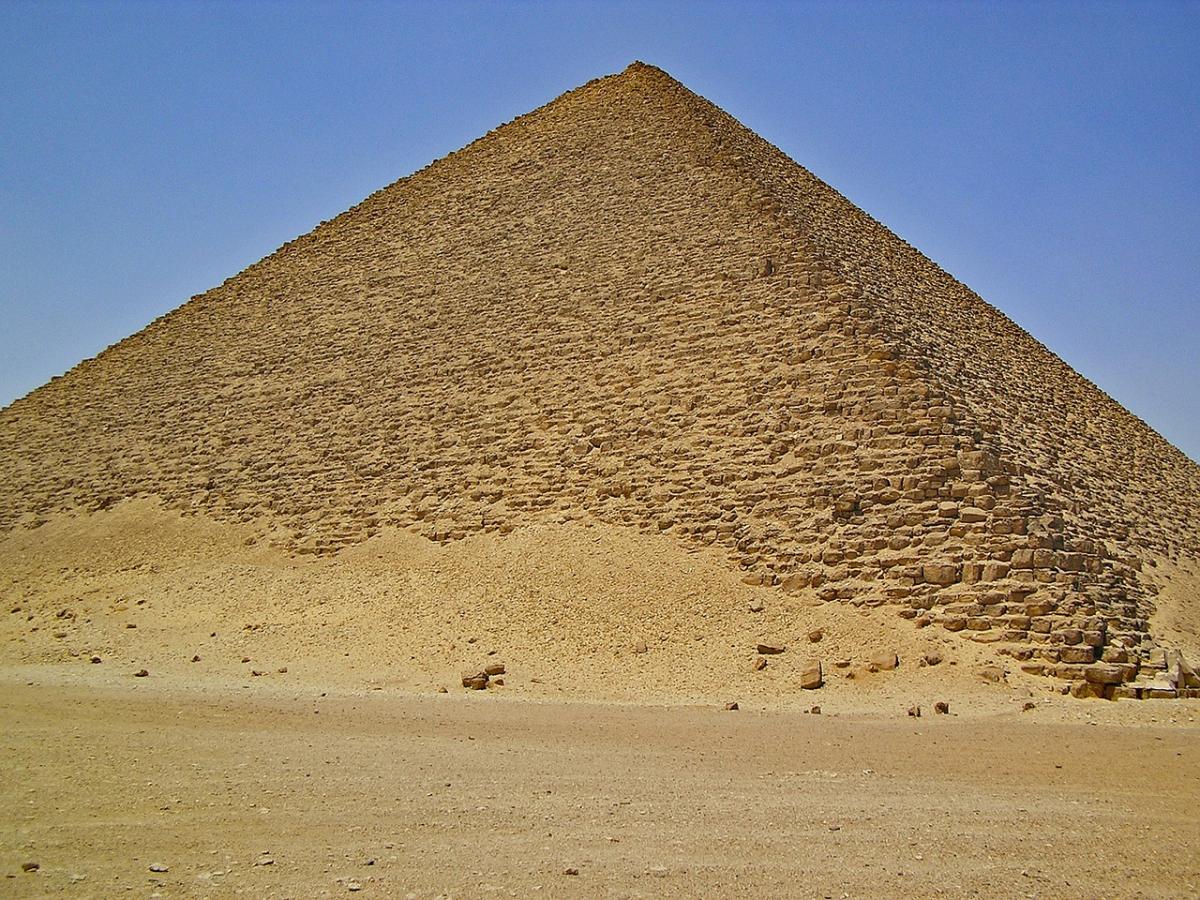
Dahshur: The Red Pyramid and the Bent Pyramid
Dahshur is an ancient necropolis located in the Cairo Governorate of Egypt. It is home to two impressive pyramids, which have become iconic symbols of Ancient Egyptian architecture: The Red Pyramid and the Bent Pyramid. Built during the Fourth Dynasty, these monumental structures are among some of the oldest examples of pyramid construction and stand as testament to the ingenuity of their creators. The Red Pyramid was constructed for Pharaoh Sneferu, while his son Khufu built the Bent Pyramid at Dahshur. Both were designed with a unique shape that has captivated visitors since antiquity and provided insight into early methods used in pyramid building. Despite their age, both pyramids remain largely intact today due to diligent conservation efforts over many years by archaeologists and historians alike.
The Red Pyramid
The Red Pyramid is an iconic example of Ancient Egyptian architecture. Built during the Fourth Dynasty, it stands as a testament to the ingenuity and skill of its creators. Located in Dahshur, a necropolis situated in Cairo Governorate, this impressive structure was designed by Pharaoh Sneferu with a unique shape that has captivated visitors since ancient times.
The pyramid is constructed from limestone blocks and measures around 105 meters wide at its base and rises up to an impressive height of 101 meters tall. Its exterior features smooth sides that slope inward until they meet at a point near the top, resulting in a distinct profile commonly referred to as “bent” or “blunted” pyramids found throughout Egypt. This distinctive design presents archaeologists with many theories on how such large structures were constructed without modern technology or machinery; some believe it may have been built using wooden sleds that hauled massive stone blocks while others suggest ramps made out of mud brick could have achieved similar results.
Despite being thousands of years old, The Red Pyramid remains largely intact due to diligent conservation efforts over many years by archaeologists and historians alike-making it one of the best-preserved monuments from Ancient Egypt today. It continues to draw visitors from all over the world who marvel at this iconic example of early engineering prowess and gain insight into how these monumental structures were created long ago.
The Bent Pyramid
The Bent Pyramid is an iconic example of Ancient Egyptian architecture located in Dahshur, a necropolis situated in Cairo Governorate. Built during the Fourth Dynasty by Pharaoh Sneferu’s son Khufu, this impressive structure stands as a testament to the ingenuity and skill of its creators. It is constructed from limestone blocks and measures around 105 meters wide at its base with a height of 101 meters tall. Its exterior features smooth sides that slope inward until they meet at a point near the top, resulting in a distinct “bent” or “blunted” pyramid shape found throughout Egypt.
Archaeologists have many theories on how such large structures were constructed without modern technology or machinery; some believe it may have been built using wooden sleds that hauled massive stone blocks while others suggest ramps made out of mud brick could have achieved similar results. Despite being thousands of years old, The Bent Pyramid remains largely intact due to diligent conservation efforts over many years by archaeologists and historians alike-making it one of the best-preserved monuments from Ancient Egypt today. It continues to draw visitors from all over the world who marvel at this iconic example of early engineering prowess and gain insight into how these monumental structures were created long ago.
Recent Excavations
Recent excavations at the Pyramids of Dahshur have revealed a wealth of information about these enigmatic structures. Archaeologists have been able to uncover artifacts and materials that provide insight into how and why they were constructed, as well as their purpose. Excavation also reveals details such as detailed hieroglyphic carvings on walls, burial chambers, and religious altars found within the pyramids.
The findings from recent excavations suggest that both The Red Pyramid and The Bent Pyramid were built for Pharaoh Sneferu during the Fourth Dynasty of Ancient Egypt; his son Khufu is credited with building the latter structure. They appear to serve a funerary purpose, likely intended to be a resting place for pharaohs after death-although it’s possible other purposes may exist or existed in antiquity too. Evidence suggests they could have been used for spiritual rituals or even astronomical observations due to their unique shape which allowed light from stars above them to penetrate inside through small slits near its peak.
Another interesting theory suggests that these two pyramids represent an evolution in pyramid construction techniques over time; while similar in size and design, there are subtle differences between them that archaeologists believe would indicate changes made by Khufu when he crafted his own version following Sneferu's lead. This could indicate an early attempt at experimenting with ways of making larger monuments more stable using advanced engineering principles before fully committing large-scale projects like those undertaken later by generations of pharaohs who followed him such as Khafre or Menkaure who built some of the most famous Egyptian pyramids still standing today at Giza Plateau.
Conservation
The Pyramids of Dahshur have been preserved for thousands of years due to the diligent efforts of archaeologists and historians alike. To ensure that these iconic structures remain standing for generations to come, a variety of conservation initiatives have been undertaken over the years. Much effort has gone into preserving the original limestone blocks used in their construction by monitoring climate conditions, controlling temperature and humidity levels within the pyramids themselves as well as regulating access to limit wear-and-tear on their surfaces. Additionally, any damage or deterioration caused by vandalism or natural disasters is quickly identified and repaired with minimal impact on visitors’ experience when visiting these archaeological wonders.
To further protect this important part of Egypt’s heritage, changes have also been made regarding public access to the pyramids in recent years. Tourist visits are now restricted during certain times throughout the year to help preserve them from too much foot traffic; tickets must be purchased in advance online before entry is permitted inside either pyramid structure- The Red Pyramid or The Bent Pyramid at Dahshur - ensuring that only qualified personnel can inspect and monitor their condition regularly without interference from casual observers who may cause unintentional harm through careless behaviour while exploring these ancient monuments.
Through such measures, authorities hope not only to safeguard Egypt’s past but also enable future generations to appreciate its cultural significance by having unspoiled examples of great architectural feats left behind for all time-the Pyramids at Dahshur being among some of those most impressive achievements that still stand today despite their age.
Conclusion
The Pyramids of Dahshur remain some of the most iconic monuments from Ancient Egypt. Constructed during the Fourth Dynasty by Pharaoh Sneferu’s son Khufu, these impressive structures stand as a testament to the ingenuity and skill of their creators. The Bent Pyramid in particular is an iconic example of early engineering prowess with its unique shape that has captivated visitors since ancient times. Through diligent conservation efforts over many years by archaeologists and historians alike, this structure remains largely intact and continues to draw visitors from all over the world who marvel at how such monumental structures were created long ago.
Recent excavations have revealed a wealth of information about these enigmatic structures; artifacts found within suggest they served a funerary purpose likely intended for pharaohs after death while other theories exist on possible spiritual or astronomical purposes too. Additionally, evidence suggests that both The Red Pyramid and The Bent Pyramid represent an evolution in pyramid construction techniques over time-an early attempt at experimenting with ways to make larger monuments more stable using advanced engineering principles before fully committing large-scale projects like those undertaken later by generations of pharaohs who followed him such as Khafre or Menkaure.
The Pyramids of Dahshur have been preserved for thousands of years due to various conservation initiatives including controlling climate conditions inside them as well as regulating access to limit wear-and-tear on their surfaces so future generations can appreciate their cultural significance without interference from careless behaviour when visiting these archaeological wonders.
Through its continued presence today, it’s clear that Egypt's pyramids will always remain an integral part if it's history; inspiring awe among us all with their grandeur and size while providing insight into how our ancestors achieved greatness through careful planning and resourceful use what was available to them thousands of years ago-a reminder never forget our past even progress forward as we look towards building a brighter tomorrow together for ourselves in this day age
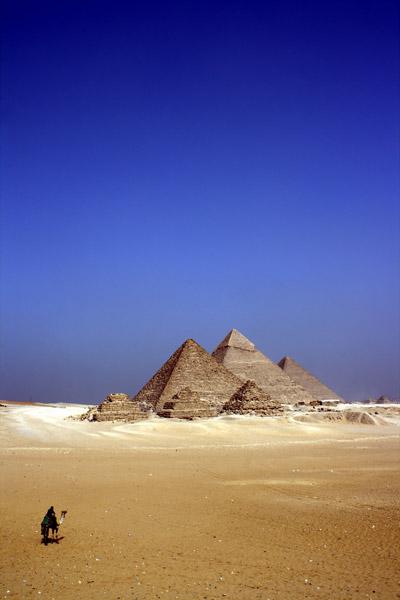
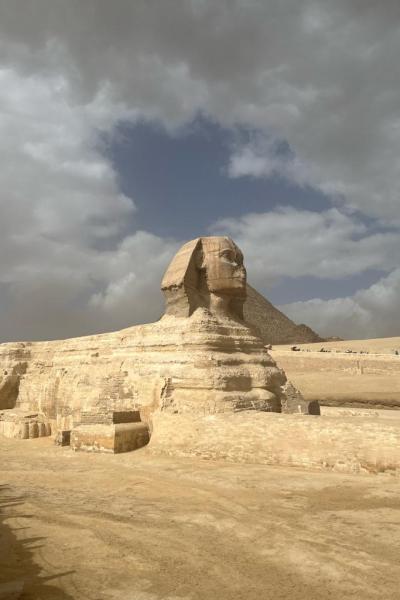
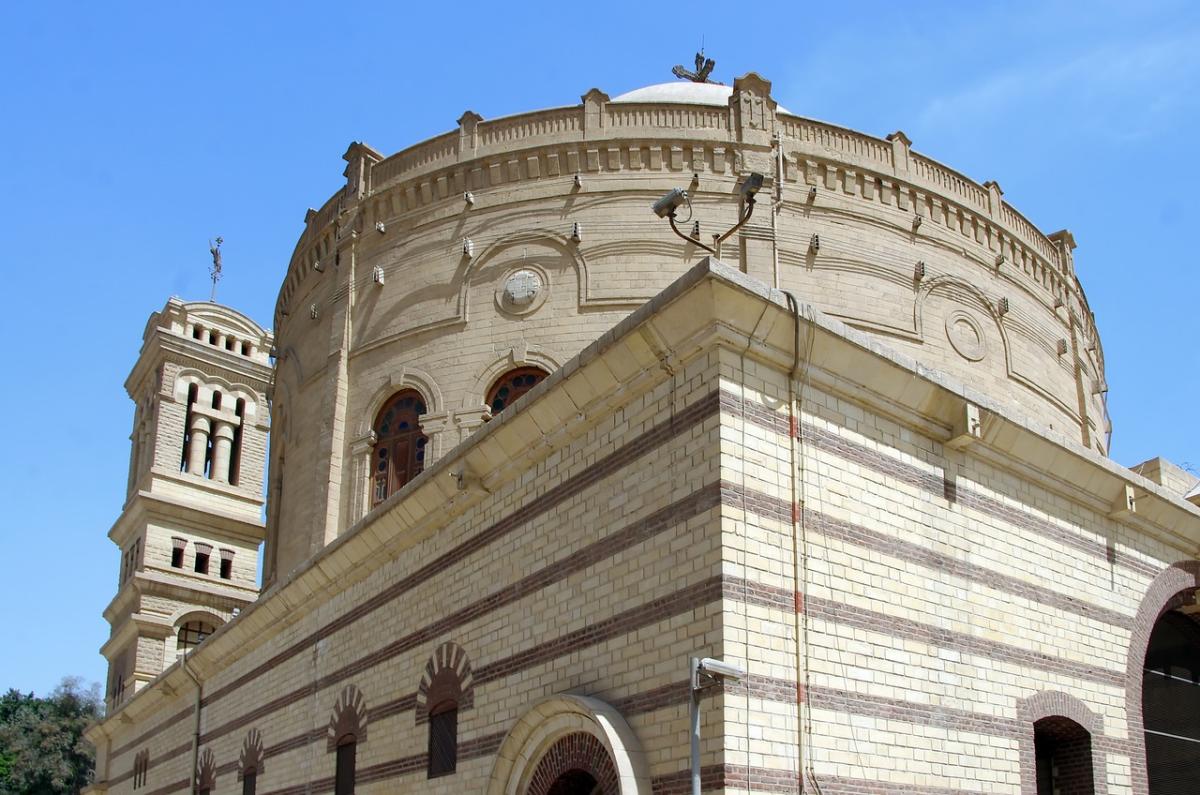
Coptic Cairo, a historic district nestled within Old Cairo, stands as a testament to Egypts rich and enduring Christian heritage. This ancient enclave, a place where Pharaonic, Greco-Roman, and Islamic cultures have intertwined, offers a profound glimpse into the spiritual and cultural legacy of one...
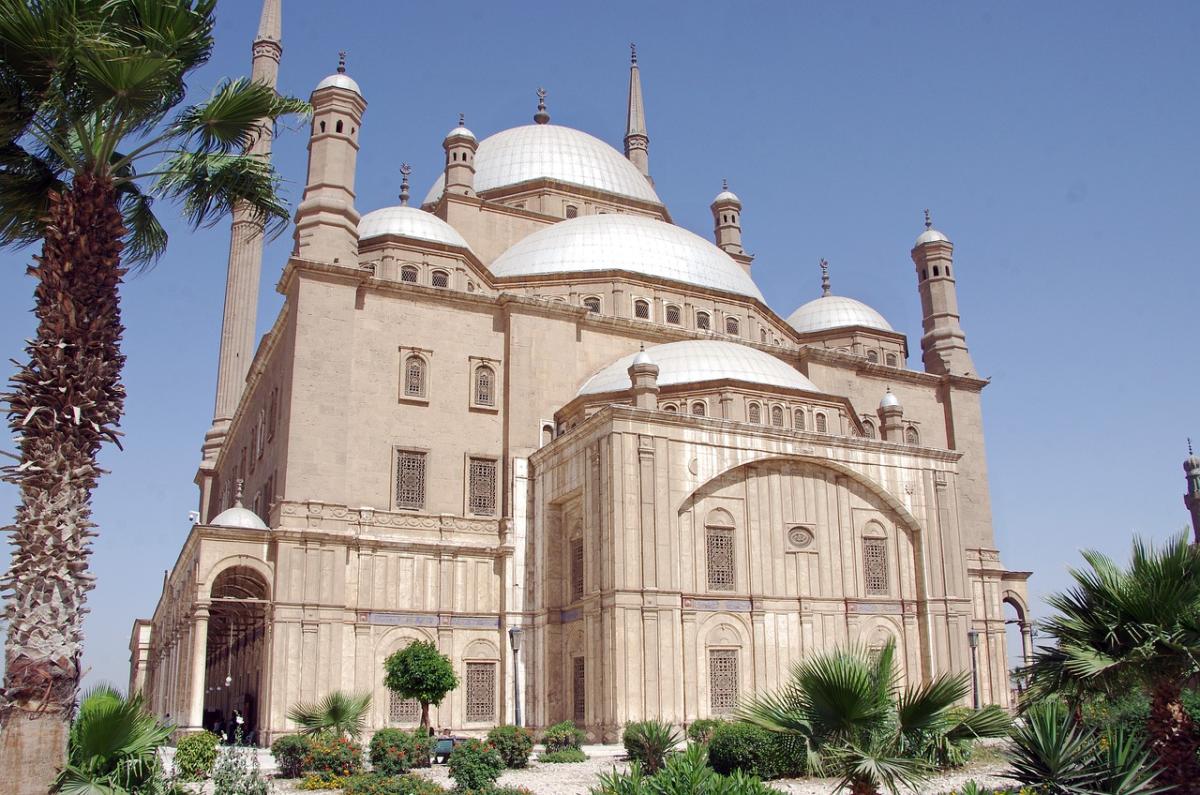
The Citadel of Cairo is an ancient fortress located in the heart of the city and one of its most iconic landmarks. Built by Salah ad-Din during the 12th century, it was used to protect Egypt from invaders and to control trade routes between East and West. The Citadel has served as a military residence,...

The Giza Pyramids, located near Cairo in Egypt, are one of the most iconic and recognizable ancient monuments in the world. Considered a wonder of the ancient world, they are some of the oldest and largest structures ever built by humans. While there is still much debate on their exact purpose or how...